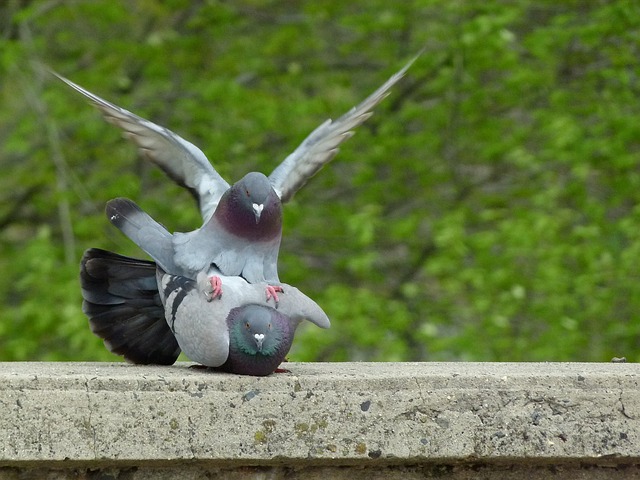Quick Tip: A female bird doesn’t need to mate once per egg. They can store sperm.
Question: Does a female bird have to mate once for every egg for it to be fertile?
Answer: Nope!
Owners of solitary female birds like parrots or finches are often surprised when their pet lays an egg. But female birds can lay eggs even if they have never been in the vicinity of, or mated with a male. But those eggs will never hatch because they have not been fertilized. (There are other reasons why eggs may not hatch – read more.)
However, if the female had mated in the past, eggs that are on the conveyor belt can be fertilized at a later date. That’s because female birds can actually store sperm in these things called “sperm storage tubules (SSTs).”
SSTS are tubular “invaginations” in the oviduct (the avian egg conveyor belt.) The sperm can be kept alive for 2 to 15 weeks, depending on the species of bird. It can then be released after ovulation (when the egg leaves the ovary.) This happens in the “infundibulum” at the beginning of the oviduct.
Why does this matter?
- It means that if the male dies, eggs laid afterwards may still be fertile.
- Note however that some bird species have difficulty raising young on their own – read more about Bluebird Widows & Widowers.)
- It also means that if the female mated with more than one male, or switched mates, it will be hard to know which male actually fertilized an egg without genetic testing.
- When a pair bonded bird (e.g., one that is nesting) mates with a different male or female, it’s called “extra-pair mating or copulation,” Male bluebirds try to prevent this by guarding their mate.

MORE INFORMATION & REFERENCES
- Why didn’t the eggs hatch?
- Egg Production
- The Amazing Egg
- The first egg – when will it be laid?
- Widows and Widowers
- Glossary
- Sperm Storage in the Female Reproductive Tract in Birds, Tomohiro SASANAMI,1 Mei MATSUZAKI,1 Shusei MIZUSHIMA,1 and Gen HIYAMA1, J Reprod Dev. 2013 Aug; 59(4): 334–338. Retrieved from Sperm Storage in the Female Reproductive Tract in Birds – PMC (nih.gov)
The present was an egg laid by the past that had the future inside its shell.
– Zora Neale Hurston
